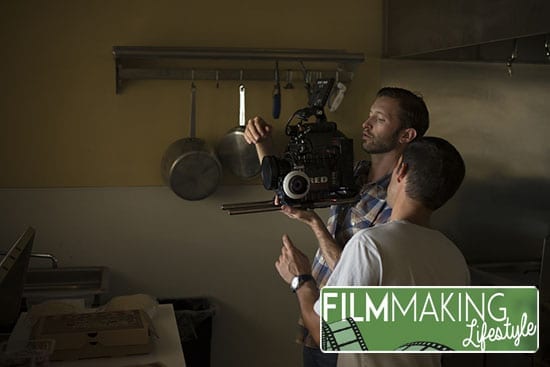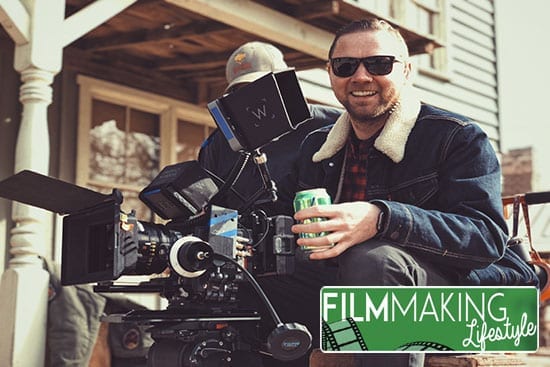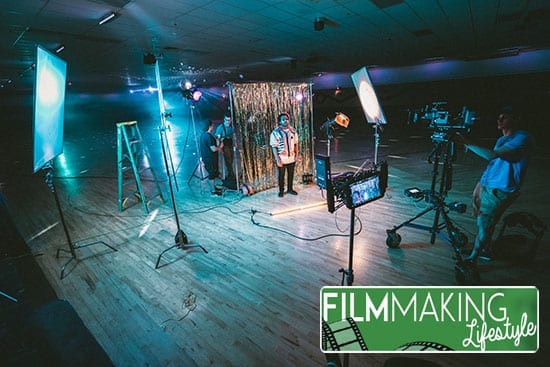How to create a call-to-action masterpiece that will inspire people? In this article, we discuss Cheryl Houser’s secrets of documentary filmmakers.
Secrets Of Documentary Filmmakers — Create A Story That Drives Action
Cheryl Miller Houser has always been attracted to people and the stories behind them.
“I’ve been fascinated by life and things that drive people through life,” she says. “I have a sympathetic mind and try to look at the world from other people’s perspective. I’m so curious about them.”
This way, Houser’s inquiring personality naturally brought her to the path of filmmaking. Then, her first long-length documentary “Children of Darkness,” produced during student days at Brown University, was nominated for an Academy Award.
Over the next few years, she has been engaged in the production of the first movie by David O. Russell, “Spanking the Monkey,” as well as several TV shows, including the “Dr. G: Medical Examiner” on Discovery Health and a biography series on A&E.
In 2013, Cheryl Houser founded Creative Breed, an agency that creates captivating stories and shares them across various platforms.
Creative Breed has produced and directed FOOD & WINE’s “Mad Genius Tips” advertising campaign, Chico’s “Style My Way” video campaign, and a web series like the “GENERATION STARTUP” feature documentary.
Houser’s production period spans several channels, but the common element of each work is “sympathy.” Whether it’s a digital advertisement, short, or feature film, Houser’s themes and stories create an emotional connection with the viewer.
Recently, Ms. Houser disclosed her major production tips. And, here’s her advice on how to create an engaging story that will encourage people to live their lives to the fullest.
Develop An Emotional Bond With Your Audience
The bond with viewers begins with empathy.
Through empathic emotions, brands can resonate with customers and encourage conversation and awareness around themes that stimulate emotional connections with the audience. Frequently, it means expressing a clear statement concerning a particular issue.
“The brand must have a sustainable nature. It shouldn’t be afraid of anything,” Houser continues. People who produce the most engaging content are those who have defined their values clearly and, what’s more important, are committed to those values. But, that’s not about politics.
“You need to identify a theme that reflects your brand values, makes you feel its essence, and identify your target audience. That’s why it may take a lot of time to edit my paper script — I want everything to be perfect and resonate with the audience the right way.”
For that, here are 5 steps every filmmaker should take to consider the central theme of the work and develop a relevant plot:
Step 1:
Write the concept of your story at the top of the page.
Step 2:
Write down the ideas you have already decided to incorporate into your story (if you have any).
Step 3:
Write down all the ideas that come to your mind. It does not matter if it’s about affirmations, questions, or something else. The bottom line is that these ideas must be connected to the basic concept of your story.
Step 4:
Do not worry about the coherence that must be established between your ideas. Do not filter anything that comes to your mind until you finish your list. Even an idea you don’t like has the potential to reveal something you’d prefer once you take a closer look at it.
Step 5:
When your list is complete, choose the ideas you want to keep. Above all, it is about associating ideas with one another until you can build a plot you find decent.
Then, it’s all about feelings. Even if there is a feeling of sadness, anger, or pain, the most compelling content is the one that can truly empathize and touch the hearts of the audience.
For an existential link to be established with what the images show, the viewer must make the first inference from the context, which enables them to understand the degree of reality of what they see, which is not always easy.
However, Houser feels that as a result, the ending — whether it is explicit or implicit — that encourages viewers to act is the best one.
Houser’s documentary “GENERATION STARTUP” is an easy-to-understand example. This documentary follows the struggle of young Detroit entrepreneurs who set up their own companies dreaming of success.
The movie is sincere and right-to-the-bone. It depicts the fight of entrepreneurs who work 20 hours a day and suffer from bankruptcy and product defects. There is a feeling of alienation that hangs over one of the characters.
Nonetheless, what attracts viewers here is not the lack of lie but rather the difficulty of gaining empathy. The movie is ending in a positive atmosphere, and people who watched it are driven by the characters’ passion for working hard and overcoming any problems.
Every single person. They have hopes, dreams, and vulnerabilities, and everyone experiences sorrow and joy. The main task of a filmmaker is to make the viewer find the reflection of some part of their lives in the movie.
This way, people can resonate with a plot well, worry for the main character, compare oneself with them, etc. And then, if there is a good connection between the audience and the film, you can lead them to the main idea of your work — inspiration and motivation.
The key to compelling storytelling is to capture all areas of people’s experience and express them as a coherent tale through the brand prism.
Even if it’s a 60-minute, 90-minute, 1-minute, or 2-minute work, the important thing is to assemble the story. You have to open up your movie framework and arrange it as a story without losing the track.
For example, Always™ demonstrates that concept through the #LikeAGirl campaign.
The fact that many of us unconsciously make girls, our sisters and daughters, follow the social stereotypes and standards and hurt their self-esteem is never pleasant, but it reveals the painful truth.
But in the end, we bring positive results because the campaign changes the way you understand the word “girlhood” and encourages women to be proud.
Your creativity may be unimportant to others. You may face ignorance and get negative comments — even from someone special. But those people aren’t the ones you want to reach. The task is to build a stronger relationship with the core audience.
Convey — Value, Problems, Information
Telling a story is the “key” that conveys your message to viewers in a way called ’resonance.’ As a documentary filmmaker, Houser has worked hard to make sophisticated themes accessible and enjoyable by many viewers.
Researchers have done a lot of investigations on the brain network and how people are learning information. If you can convey the message through the story, people can get much more information than when you present it directly.
There is one major reason why storytelling is effective. That is, through stories with a human touch and challenges people have, it becomes easier for customers to be more emotionally attracted to the brands.
“I recently made a new documentary in Los Angeles,” says Houser. “Its themes are technological diversity, women’s rights expansion, and the elimination of the poverty chain in Latin America.”
These are burning issues nowadays. But, describing it that way makes the movie seem a bit boring.
What if a filmmaker tells you about a young Peruvian woman who was born and raised in a low-income family, received little education, suffered domestic violence, became a talented programmer in just six months, and took a high-profit technical post in Latin America as a whole? T
he essence of this story is a human ability to stand up and their potential to achieve something when the necessary help is provided.
Another critical aspect of a good documentary film is the tone of the work.
- Try to get sympathy and add humor if possible.
- Whether it’s a word or an image, the more you show it, the better.
- If there are alternatives, consider visual storytelling.
Visual storytelling is particularly attractive. Such a movie will hopefully be the most intuitive one because it will actually bring people into the world of sensation, where they can watch, listen, and interact with others.
Make Your Content Encourage People To Act
“For content marketers and brands, it’s a common thing to drive consumers by promoting a product and making them buy it. That’s understandable,” Houser continues. “But brands can do well and be ’good’ at the same time.”
Clear values allow companies to develop their promotion and increase sales. “This way, customers put themselves alongside those brands and want to support them.”
Patagonia has been advocating for environmental issues for many years by using its own blog and social media. As an example, it started increasing sales after President Trump announced reducing the size of Bears Ears and Grand Staircase Escalante National Monuments.
“We’ve fought to protect these places since we were founded, and we’ll continue that fight in the courts,” declares Patagonia President and CEO Rose Marcario.
People don’t want to become items that can be sold. They want to promote social improvement, experience, relationships, and empathy. By telling stories that impress people who nurture positive changes, you can bring good results for your brand and the world as well.
Matt Crawford
Related posts
4 Comments
Leave a Reply Cancel reply
This site uses Akismet to reduce spam. Learn how your comment data is processed.







Superb post however I was wondering if you could write a litte more on this subject?
I’d be very thankful if you could elaborate a little bit more.
Appreciate it!
Thanks, Wendy – appreciate it.
If you like this one and want more, I invite you to take a look at other posts on the site, as we have a tonne more content.
Love what you guys are up to.
Such clever work and reporting! Keep up the awesome works guys I’ve added you guys to our links page.
Appreciate it! Thanks!